A major restoration plan to save two historic aircraft hangars at the former RAF Leuchars base in Fife has been approved by the council.
Hangars 55 and 57, built during the First World War, are the only A-listed buildings of their type still in existence in Scotland and are deemed of significant historical importance.
A structural inspection in 2021 concluded roofs to both hangars were “at the end of their life”.
Urgent repairs are also required to both the roof trusses and external fabric of the structures.
A planning application outlining the repairs has been now approved by Fife Council after being submitted in April.
Last surviving WW1 hangars in Scotland
The buildings, originally part of a three-hangar construction, were designed by Lieutenant-Colonel BHO Armstrong, considered to be the most important architect of the First World War.
Completed in 1918, they are the oldest surviving aircraft hangars in Scotland.
A third building and workshop, also built at the time, was demolished in 1973.
The remaining hangars were given listed status in 2010 by Historic Environment Scotland because of their historical significance.
In a report for the planning application, Mair Hughes, principal conservation architect for consultants AECOM Infrastructure and Environment UK, said: “Although the role of Leuchars was fairly minor during the First World War, escaping closure and maintaining the training function of the airfield into the 1920s and 30s was quite unusual.
“Especially given only 10% of sites were retained in the whole of the UK after peace was declared in 1918.
“Hangar 55 and 57 were in continuous use for aviation purposes at Leuchars for over a century, which is also extremely rare.”
The architect pointed out the hangars were also used in the Second World War, to supply goods from Sweden and support the Norwegian Resistance.
They also played a role in protecting Nato air space during the Cold War.
Mr Hughes added: “Given the poor state of the roofs on both hangars and the damage that leaks are causing to the Belfast trusses, it is proposed to carry out repairs to the timber trusses.
“The repair philosophy has prioritised making the building watertight to avoid any further deterioration of the historic fabric.”
An MoD spokesperson declined to comment, other than to confirm a planning application has been made.
Historical importance
Leuchars, near St Andrews, has long been synonymous with aviation history.
In 1911, just two years after the UK’s first ever purpose-built aerodrome at Larkhill in Wiltshire, the Royal Engineers balloon squadron began launching flights from Leuchars, soon to be followed by ‘heavier than air’ craft flights.
Work began 1916 to create a new aerodrome at Reres Farm, south east of the village.
The ground was levelled, and runways set out, as a priority to get the airfield operational.
Construction of the hangars now earmarked for restoration started towards the end of 1917.
The site continued to operate as RAF Leuchars until 2014 before being taken over by the British Army in a year later.
The application was approved by the council on September 12.
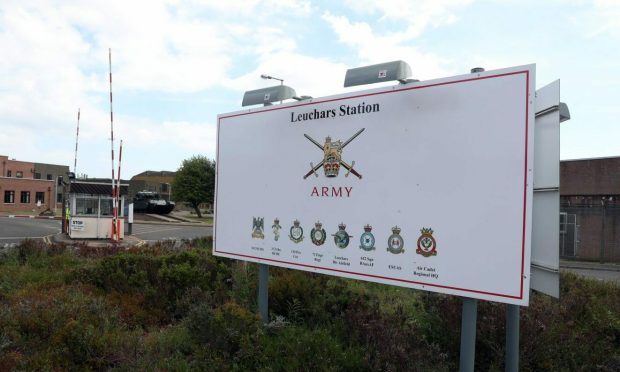
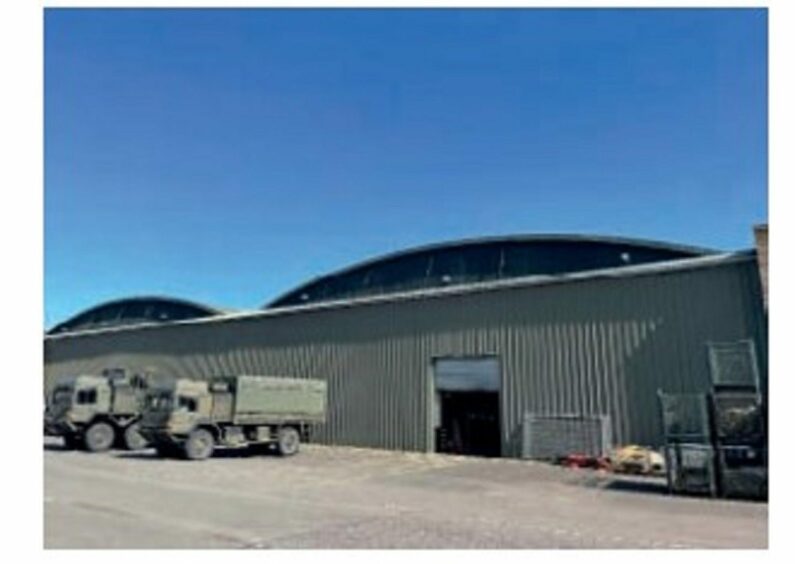
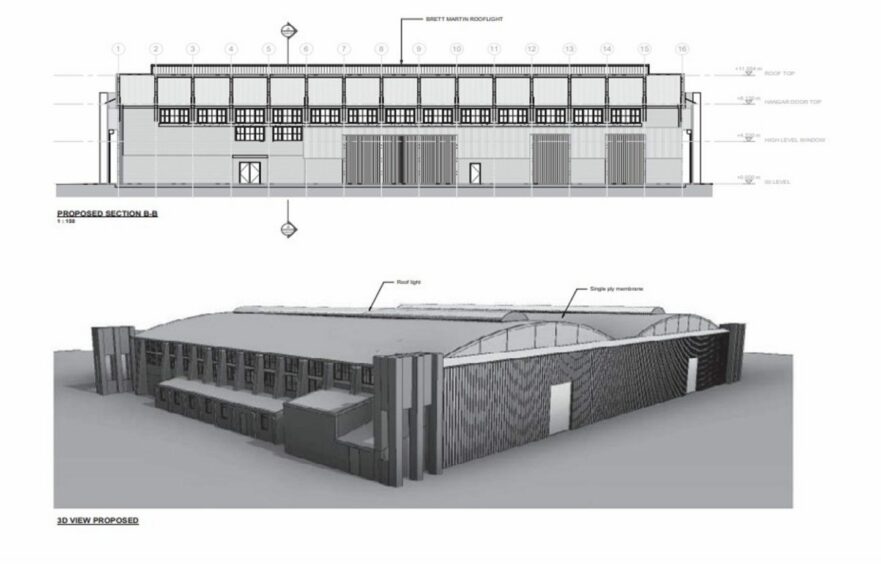



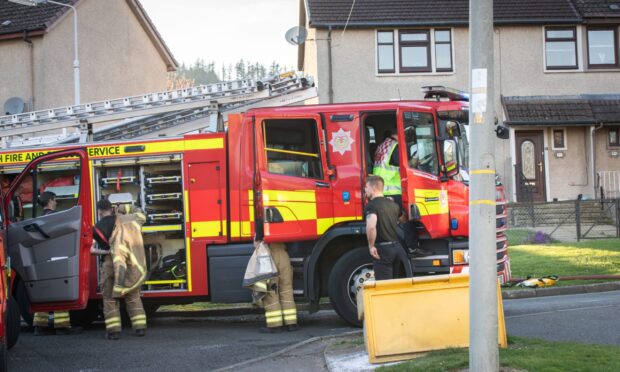

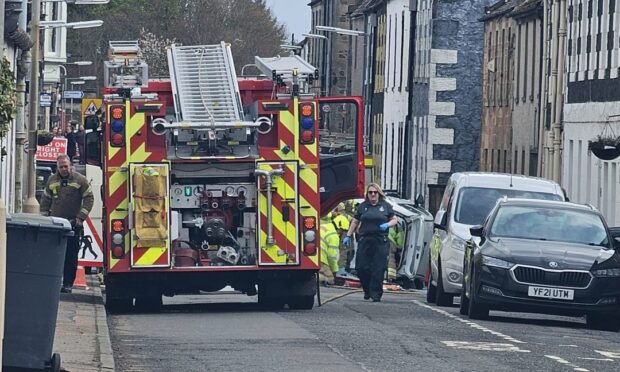




Conversation